ABSTRACT
READING MODULE
The IELTS Reading Test has three sections which require 60 minutes to complete the test. For this, it is essentialfor the IELTS candidates to know the skimming & scanning technique to improve their band score in the reading test. This chapter completely discusses the exact format, strategies and techniques to solve the IELTS Reading Test, Marking Scheme and Question Types.
Chapter 1 : Reading strategies and skills
The Test Format
The IELTS General Training Reading Test has 3 sections. You have 60 minutes to complete the test. There is NO extra time at the end of the test to transfer your answers to the answer paper (you get 10 extra minutes in the listening test only); your answers must be on the answer paper at the end of the 60 minutes. The test has 40 questions based on a series of texts. The total length of all the texts put together should be between 2000 and 2750 words. As in all the different parts of IELTS, the IELTS General Training Reading Test gets progressively harder through the paper. Possible formats of texts could be: notices, advertisements, newspapers, instruction manuals, leaflets, timetables, books and magazines.
Section 1
Section 1 will normally have 2 or maybe 3 texts with 13 or maybe 14 questions to answer in 2 or 3 sets of differing formats. We will look at the types of questions that you will meet later. Section 1 tests the candidate on social survival in an English speaking country. The questions usually involve the candidate finding and providing factual information from a variety of texts. Texts in section 1 are relatively short and there may be a number of mini texts to look through, eg: a series of advertisements on similar subjects.
Section 2
Section 2 again usually has 2 texts with 13 or maybe 14 questions to answer. Section 2 concentrates on the context of training and welfare in an English speaking country. The texts here are more complicated using more intricate language and structure.
Section 3
Section 3 has 1 text with 13 or maybe 14 questions to answer. Section 3 tests candidates ability to deal with longer pieces of writing. The reading passage will again involve more complex language than the 2 previous sections.
Marking
There are 40 questions in the IELTS General Training Reading Test and 1 mark is awarded for each correct answer. There are no half marks. Your final marks out of 40 is then converted to a band from 1 - 9 using a converting table and this band is then averaged with the other 3parts of the test to give your final IELTS band.
The IELTS General Training Reading Test Marks, Bands and Results - Rough Guide Converter
| Score | Band |
| 1 - 2 | 1 |
| 3 - 5 | 2 |
| 6 - 11 | 3 |
| 12 - 17 | 4 |
| 18 - 25 | 5 |
| 26 - 33 | 6 |
| 34 - 37 | 7 |
| 38 - 39 | 8 |
| 40 | 9 |
Question Types
Below is a list of the types of questions that you could meet in the IELTS General Training Reading Test.
 Multiple Choice Questions
Multiple Choice Questions
 Short Answer Questions
Short Answer Questions
 Completion Questions: Completing Sentences
Completion Questions: Completing Sentences
 Completing Notes
Completing Notes
 Completing a Summary (no word bank)
Completing a Summary (no word bank)
 Completing a Summary (with word bank)
Completing a Summary (with word bank)
 Completing a Diagram
Completing a Diagram
 Completing a Flow Chart
Completing a Flow Chart
 Completing a Table
Completing a Table
 Matching a Bank of Headings to Identify Paragraphs or Parts of Text
Matching a Bank of Headings to Identify Paragraphs or Parts of Text
 Matching a Bank of Writers Views/Claims/Information with the Writer
Matching a Bank of Writers Views/Claims/Information with the Writer
 Identification of Information in the Text: Yes/No/Not Given Questions
Identification of Information in the Text: Yes/No/Not Given Questions
 True/False/Not Given Questions
True/False/Not Given Questions
 Matching Lists/Phrases
Matching Lists/Phrases
 Classification Questions
Classification Questions
Some Tips for the IELTS General Training Reading Test
1.Dont spend too long on a single question as that will lose you time for answering questions that could be easier for you. Sometimes, leaving a question and coming back later can help you answer it too. Leave any questions that you have spent too long on, and come back at the end of the test if you have time. Sometimes, if the question has a yes/no/not given answer, the answer you are looking for does not exist as it could be a not given one. Be aware so you dont waste time looking for something that isnt there.
2.Read the questions and instructions so that you dont make a silly mistake. For example, people often will mix the yes/no answers with the true/false answers and write yes as an answer instead of true or vice versa. Strictly speaking, you are wrong although you have understood the question and answer.
3.If the question asks for one answer, then give one answer. Giving two is wrong as it asks for one and you will be marked wrong. The type of question where this could happen would be: Give one example of... Writing two examples, to show you really understand, is wrong.
4.If the question asks for no more than 3 words, use no more than 3 words. Writing 4 words or more is wrong. You wont be asked to do it in 3 words or less, unless it is possible. Therefore, dont worry; it can always be done.
5.One area that students dont like is that, in the Reading Test, good grammar and spellings are important. The grammar part is not as important as you cant make many grammar errors in 3 words (the maximum you use in the reading test) but, if you spell something wrong, it will be marked as wrong. People think, quite rightly in my opinion, that the reading should test whether you understand what you read and not how you spell something. But these are the rules. So, be careful about your spellings too!
6.One constant discussion we have had with students is whether to read the questions first and then read the passage, or read the passage first and then the questions. From our experience with our students, my conclusion is that there is no correct answer for this.
It depends on a number of variables.an depend on the types of questions and how difficult the questions are. It can depend on how good and fast a reader you are. It can also depend on the length of the text and how much time you have. Lets look at these variables.
Various Variables
1.If the question type is difficult and asking something which is hard to answer, then reading the text first can help. Just a quick read through using a technique called skimming can give you the knowledge of the text that will help you find the answers more easily.
2.If you are a good, fast reader, then you can read the text quickly, getting good knowledge of the contents without using too much of your precious time. This can help you answer the questions better
Next page
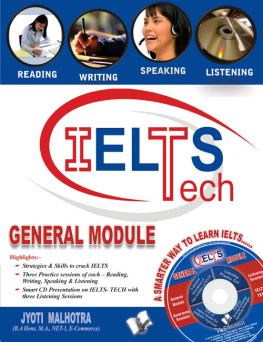
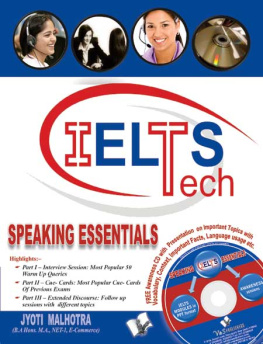
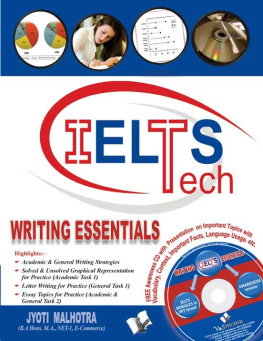
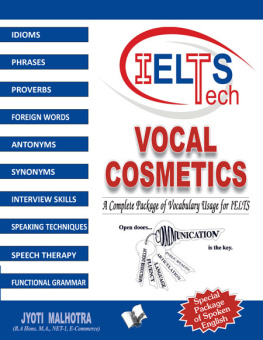
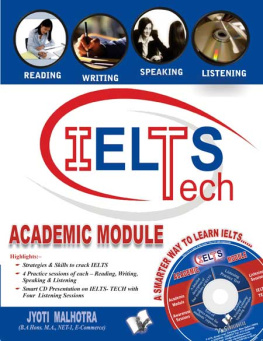
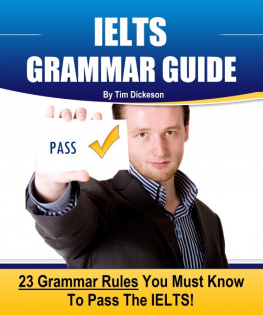
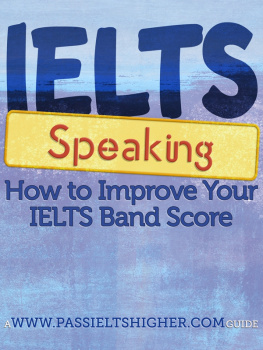

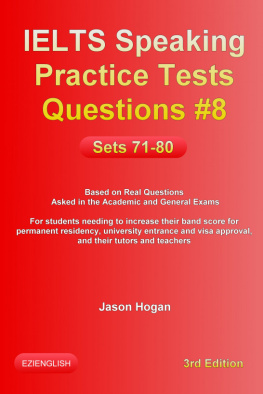

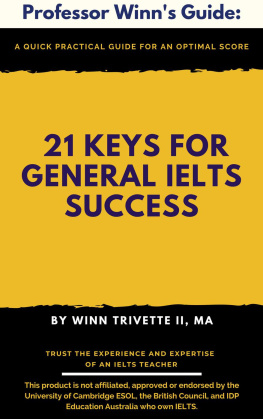
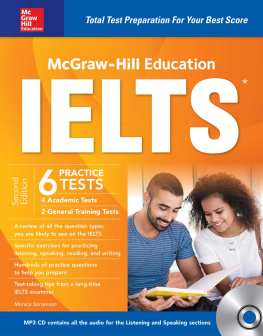
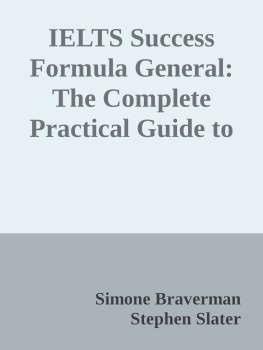
 Multiple Choice Questions
Multiple Choice Questions